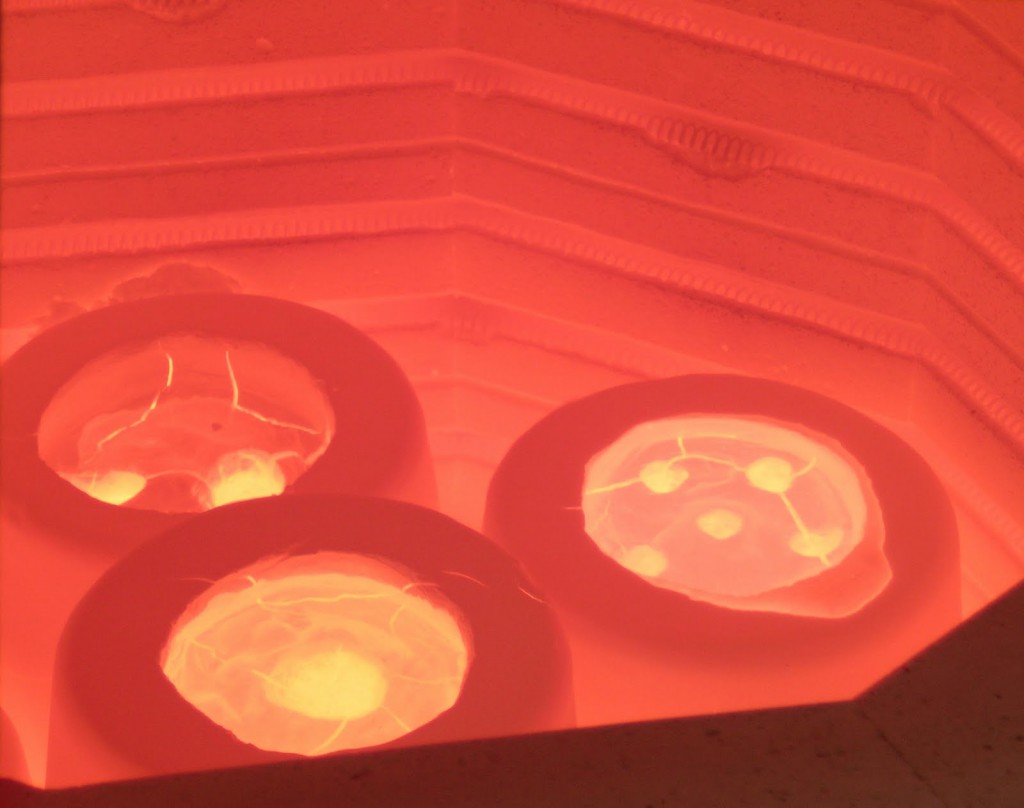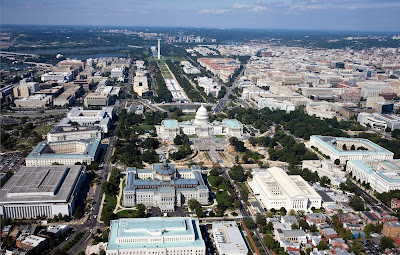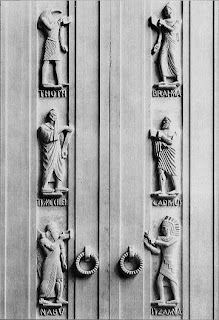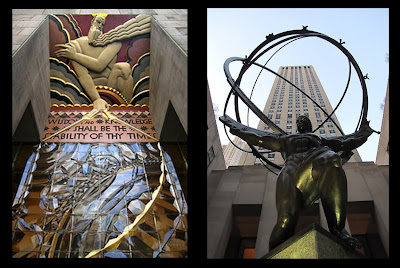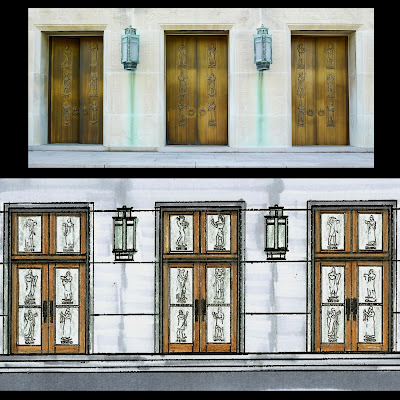With the success of Debra Ruzinsky’s lecture this past October on the Untold History of Studio Glass – This Saturday, May 31st, is the next installment of glass knowledge!
Free Lecture – Kiln Casters: A Close Look at the Methods Behind the Madness! (Class 1701)
An exploration of the symbiotic relationship between technique and conceptual thinking as seen through the work of contemporary glass casters. Slide discussion of artists who focus on cast glass, with an inside look into the techniques they’ve developed to produce their work. The talk will be presented with lots of images and there will be time for discussions.
Speaker: Debra Ruzinsky. Deb received her BA in Design from the University of California at Los Angeles, and her MFA in Glass Sculpture from RIT. She has been working in glass since 1982. She serves on the publications committee of the Glass Art Society, and was Visiting Asst. Professor of Glass at RIT for the 2008-2009 academic calendar year, and has been a visiting lecturer to the Virginia Commonwealth University’s Glass Program. Her work is part of the collection of the Seto City Museum in Seto, Japan, and the Glasmuseet Ebeltoft in Denmark, as well as the RIT Wallace Library Collection.
Saturday, May 31st, from 11am to 12 noon
Email RSVP to washglassschool@aol.com
